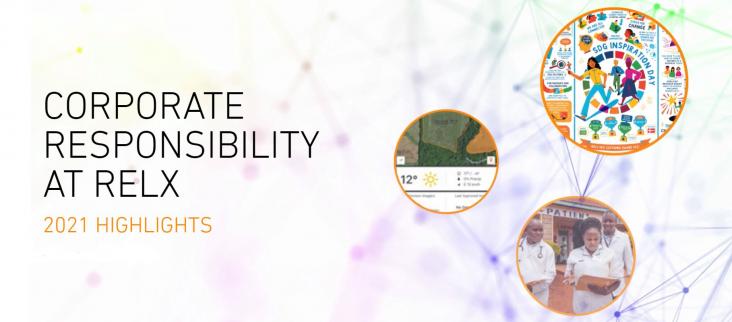Elsevier,
Handbook of Lifespan Cognitive Behavioral Therapy: Childhood, Adolescence, Pregnancy, Adulthood, and Aging, Volume , 1 January 2023
This content aligns with Goal 3: Good Health and Wellbeing and Goal 10: Reduced Inequalities by discussing the application of cognitive behavior therapy, an evidence-based psychological approach in adolescents suffering from Asperger syndrome with comorbid depressive disorder.
This content aligns with Goal 3: Good Health and Wellbeing and Goal 10: Reduced Inequalities by providing evidence that environmental factors influence individual risk and/or severity of autism spectrum disorders.
This content aligns with Goal 3: Good Health and Wellbeing and Goal 10: Reduced Inequalities by presenting ASD as a complex, multisystem neurodevelopmental condition with origins in prenatal life.
The authors seek to create a framework that can inform the research agenda of the emerging literature of responsible digital transformation (DT). Through the research, two core questions are examined: '(1) when we can consider a DT process responsible (i.e., responsibility in DT), and (2) when we can consider DT outcomes responsible (i.e., the responsibility of DT)'. The authors point to the UN's sustainable development goals and its Universal Declaration of Human Rights as reference points for responsible DT.

In 2021, RELX continued to build on our strong corporate responsibility (CR) performance during the year, further improving on our key internal metrics and extending the scope of our unique contributions. This article is linked to SDGs 1,3,10,11,12,13 and 16, in line with RELX's areas of expertise.
This chapter advances Goals 5 and 10 by discussing the role physicians can play in improving clinical trial enrollment and retention among underrepresented groups.
This Article supports SDGs 3, 5, 10 and 16 by assessing changes in stillbirth rates overall and for Black and White women, finding that there was a substantial racial disparity and suggesting that targeted health and social policies are needed to address this issue.
Elsevier,
Women's Health in Medical Clinics of North America Volume 7, Issue 2, p. 385-395, March 2023
This content advances goals 5 and 10 by covering the risk factors, consquences, treatments, and optimal support and resources for victims of intimate partner violence.
Dismantling racism in health care demands that medical education promote racial justice throughout all stages of medical training. The development of any anti-racism curriculum in medicine requires the ability to identify racial bias in practices we have not previously recognized as explicitly racist or unjust.
This falls along the themes of public access (or lack thereof) to physicians has many different consequences to good health and well-being especially with cancer care.
